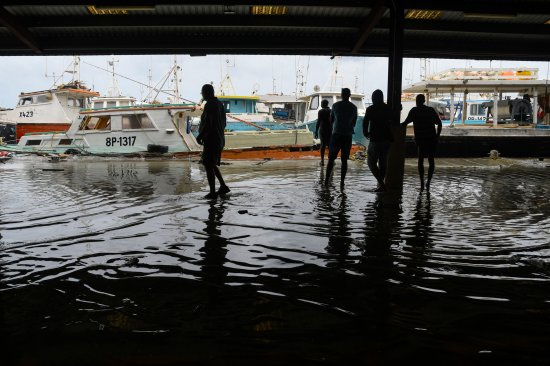
Here are photographs showcasing the destruction caused so far by Hurricane Beryl.
Hurricane Beryl, the first hurricane of the 2024 season in the Atlantic, has already broken storm records as it ravages through the Caribbean. Power lines have been brought down, homes flattened, and streets flooded across multiple southeastern Caribbean Islands. The death toll has risen to at least seven people, according to CNN.
Barbados, St. Vincent and the Grenadines, Trinidad and Tobago, and Grenada are among the countries affected. In many of these places, the devastation is widespread: on Union Island, 90% of the houses have been “severely damaged or destroyed,” according to Prime Minister Ralph Gonsalves.
Read More: How to Help Hurricane Beryl Victims
The storm is not done yet, as it continues its path through the Caribbean. In preparation, a hurricane warning is currently in effect in Jamaica and officials have activated natural disaster response protocols. The Prime Minister of Jamaica Andrew Holness imposed a curfew for July 3, advising people to stay inside between 6 a.m. and 6 p.m. local time.
According to the U.S. National Hurricane Center, the storm is then set to arrive at the Yucatán Peninsula in Mexico on Friday.
Late Monday, Beryl became the earliest storm in history to develop into a Category 5 hurricane in the Atlantic, peaking with winds of 165 m.p.h. Tuesday before weakening to a Category 4, now with 145 m.p.h. winds.
Here are photographs showcasing the destruction caused by Hurricane Beryl.












